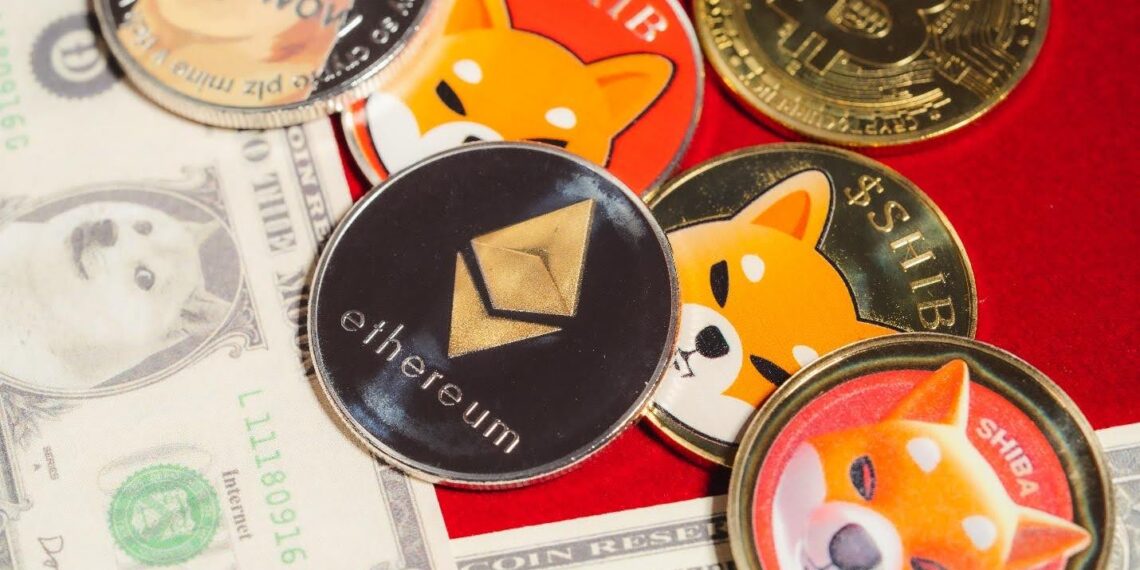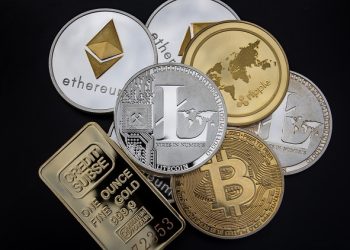There are dozens of meme coins like Shiba Inu out there, and the numbers are only rising given how popular these digital assets have become. They’re not going anywhere; it’s just that some have managed to overcome competitors due to a combination of solid community support, tech developments, and integration with other, famed blockchains. Shiba Inu, for instance, has made a key move by partnering up with Chainlink (LINK) to improve data integration and cross-chain functionality across the system, creating a verifiable connection so that every transaction can be accounted for on Ethereum. Essentially, Shiba Inu tries to make its token and ecosystem work more easily across more blockchain networks.
Now, why would you want to introduce SHIB to your investment portfolio? Hopefully, because you know that spreading your capital across more investment vehicles is safer than going all in with one or two. Other than this, the world is watching closely to see why so many people are starting to learn how to buy Shiba Inu. If you’re, too, taking any interest in this meme coin, then you should acknowledge a few things.
SHIB’s fundamentals
It’s important to start by emphasizing that Shiba Inu (SHIB) is a token and exists on the Ethereum blockchain as an ERC-20 token, representing value that can be moved, traded, or spent in decentralized applications (dApps) that support Ethereum tokens. Ethereum is the world’s second-biggest cryptocurrency, and the blockchain is popular for fueling smart contracts and dApps, among others. This means that SHIB is associated with a heavyweight in the industry, boosting its credibility.
The project’s ecosystem includes developments such as the decentralized exchange ShibaSwap, as well as other tokens, like BONE and LEASH. The ecosystem, however, is based on Ethereum and not another network.
SHIB as an investment
SHIB has become a massive crypto project in the cryptocurrency industry, referred to as a “meme coin” and resembling Dogecoin, the first and foremost crypto. It entered the market five years ago – in August 2020 – and was valued at close to nothing, steadily climbing to become a market of $ 7.67 billion at press time. It has a circulating supply of 589,55TN, with a maximum supply capped at approximately 590TN SHIB. This means that no more tokens than this figure can ever be available to investors to buy. Figures fluctuate depending on the source mentioning the data.
For the sake of comparison, Dogecoin and Shiba Inu are both extremely speculative cryptos, fueled mainly by the community’s support and the changing market trends. The former has been around since December 2013, by Billy Markus and Jackson Palmer, with its inspiration drawn from the viral “Doge” meme and the Shiba Inu doggo. Dogecoin’s open-source code was a Litecoin fork, which was, in turn, a fork of Bitcoin.
They’re speculative and fluctuate wildly, meaning that if you want to invest a significant amount in them, you need to have a decent level of tolerance for potential losses.
SHIB’s growth potential
Among the main arguments in SHIB’s favor is its potential for growth as the crypto industry evolves, driven by factors like more regulatory clarity, the development of institutional-level infrastructure, the emergence of innovative investments like BTC and ETH ETFs, and the heightening involvement of blockchain for tokenizing real estate, tangible items, and other real-world assets. While Shiba Inu isn’t a blockchain, the project is continuously expanding its ambitions, which is seen in the growing ecosystem and reflected in the massive social media exposure. SHIB, for instance, has seen social media interest growing by over 80% over one week, as of late. The ecosystem is an expanding network of DeFi apps, interconnected cryptos, and metaverse-related, Ethereum-based projects.
Shiba Inu’s team has developed a decentralized exchange named ShibaSwap, where coin holders can stake tokens in exchange for rewards (burying), provide liquidity, and take part in DeFi activities. Shibarium, a layer-2 solution intended to slash transaction fees and expedite transactions, has also been released and works to make SHIB more useful for daily use. These examples of tech enhancements can boost adoption rates, improve the token’s fundamentals, and deliver long-term value when successfully deployed, all of which can only strengthen the asset’s position in the market, highlighting the potential.
SHIB’s devoted online community
SHIB boasts a highly committed and strong online community made up of fans, investors, endorsers, and so on. Investors who are seasoned in crypto know that meme coins’ positions and prices tend to increase and decrease depending on market sentiment, and SHIB is known for the unyielding support received. The fact that it has one of the most vocal communities can be both a blessing and a curse.
Positive sentiment can catapult the coin during bull runs, but when enthusiasm fades, it can also lead to sharp corrections, which aren’t favorable for investors possessing these tokens. However, having such a dedicated community has long helped Shiba Inu thrive and maintain its leading position among meme coins, in a supersaturated market where many fall behind.
Challenges and risks ahead
Obviously, there’s no such thing as a financial investment that comes free of risks, especially when we talk about such speculative and volatile tools like meme coins. Shiba Inu is one of these risky assets, and its valuation isn’t backed by traditional metrics like earnings, revenue, or tangible assets, meaning that its price can fluctuate drastically based on broader crypto market trends, regulatory news, even social media activity, and so on.
Say Bitcoin and Ethereum, the market’s leading forces, experience downturns; then SHIB will most likely experience downturns, too.
Is Shiba Inu worth your money today?
So, should you invest some of your capital in SHIB? The answer depends on many aspects, such as your risk tolerance, your experience with crypto, and your short- or long-term goals. SHIB can make sense if you dedicate a small portion of your money and use it as a portfolio diversification tool. It needs to be approached with a practical and realistic mindset, whatsoever, and shouldn’t replace sounder financial investments, but integrate with them.







